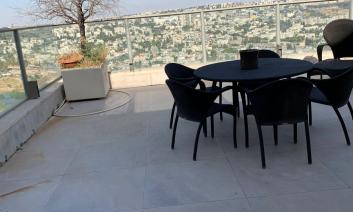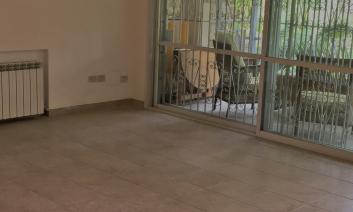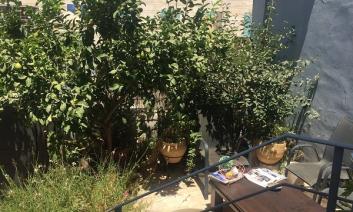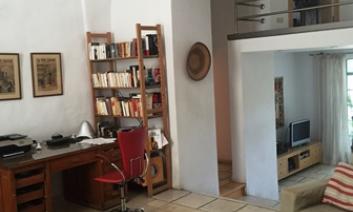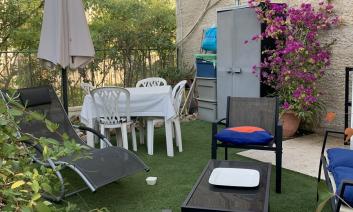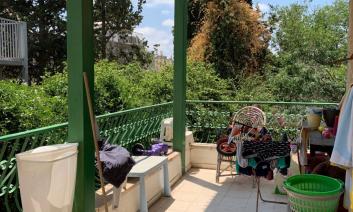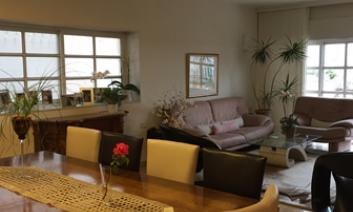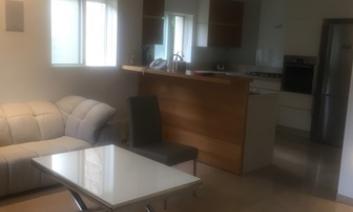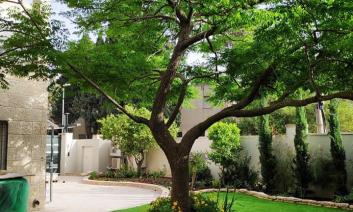Reunification of jerusalem
"Jerusalem, which art built as a city that is compact together". (Tehilim, Psalms Chapter 122)
Jerusalem was reunited in 1967. After the six days war east Jerusalem was reunited with west Jerusalem. However, in Tehilim book king David wrote about Jerusalem "that is compact together" over 3000 years ago, so how does it work out?
It turns out that Jerusalem was reunited in the biblical days almost the same way it was reunited in our times. The Tribe of Judah conquered south Jerusalem in his territory but the tribe of Benjamin failed to conquer north Jerusalem in his territory. Jerusalem was therefore left divided until king David came and conquered its northern part. After that victory David wrote in Tehilim Chapter 122 "Our feet are standing within thy gates".
First neighborhoods in Jerusalem
The first Jewish neighborhood outside the old city walls was Mishkenot Sha’ananim, established in 1860 on a hill directly across from mount Zion. Other early residential neighborhood outside the city walls were Nahalat Shiv'a which was built is a neighborhood in central Jerusalem in 1860, and Mea Shearim was established in 1874.
In 1886 the Sephardic Jews built Mahane Yehuda and in 1891 they built the Buchari neighborhood.
After 1948 olim and immigrants moved into Arab neighborhoods that their residents left. Some of those abandoned houses were high quality and there was quiet a difference between the high architectural standard of the houses and the low class residents. Neighborhoods such as Moshava Germanit, Moshva Yevanit, Katamon, Talbia, Bakah and Abu Tor are neighborhoods with a unique architectural character and a high standard of living. The term Arab house has soon defined a standard of high lifestyle.
After First World War Jerusalem started to develop and expand and between the years 1921 – 1927 Rehavia, Talpiot, beit Hakerem and kiryat Shmuel were built. After the six days war in 1967 many new neighborhoods were built in Jerusalem. First Ramat Eshkol was established and after it Neve-Yaakov and Gilo in the south on the way to beth lehem.
In a process of retuning to the city, the middle class preferred living in typical crowded and lively urban homes. However, soon enough a need to return to old architectural houses with its quiet view and atmosphere created a demand for old private houses with a yard. Today, after the social and public services has improved, there is an increase in demand for such homes but the supply decreases. For that reason houses in Moshava Germanit are highly desired more than the houses of Ein Karem or Malha which are not as central.


